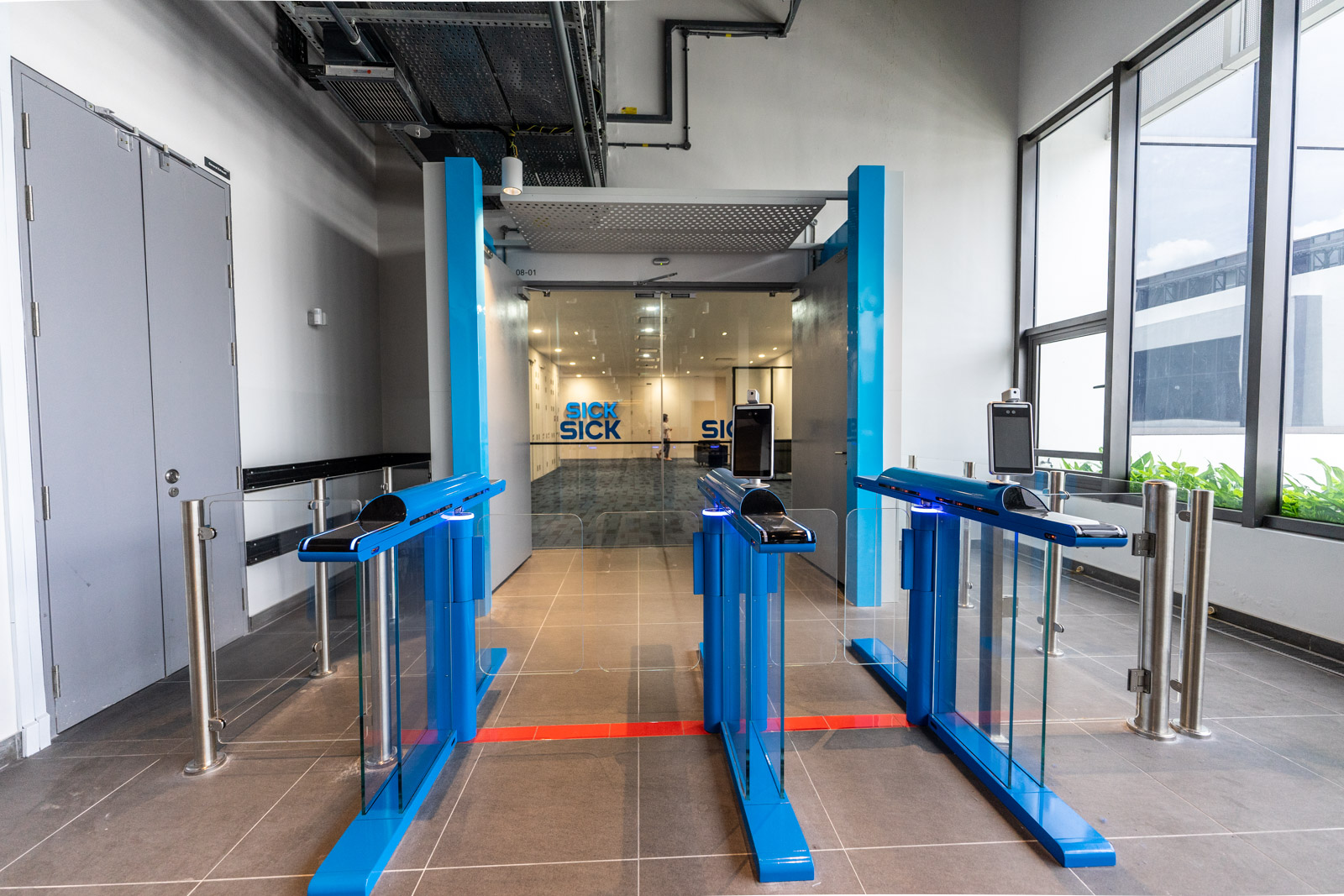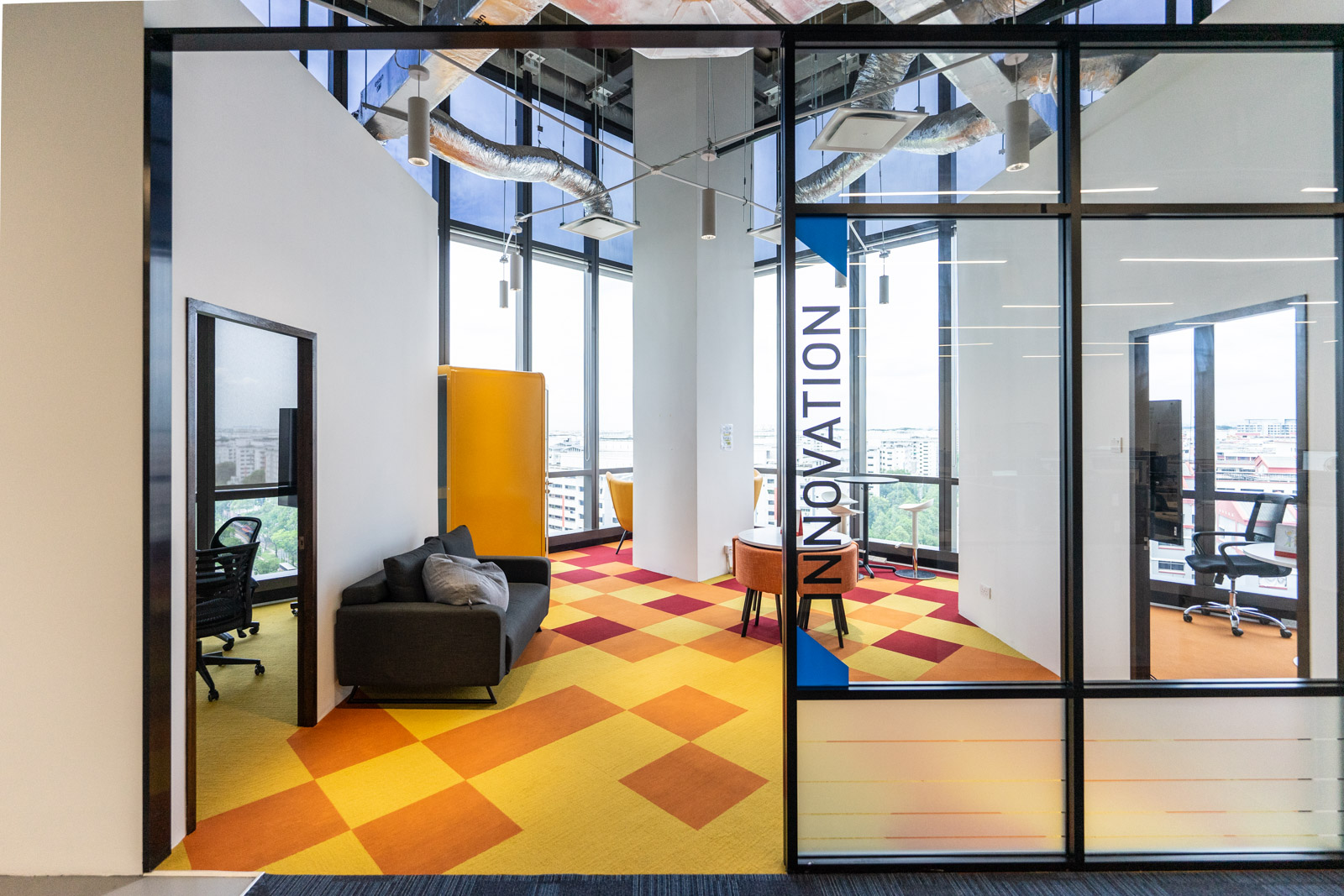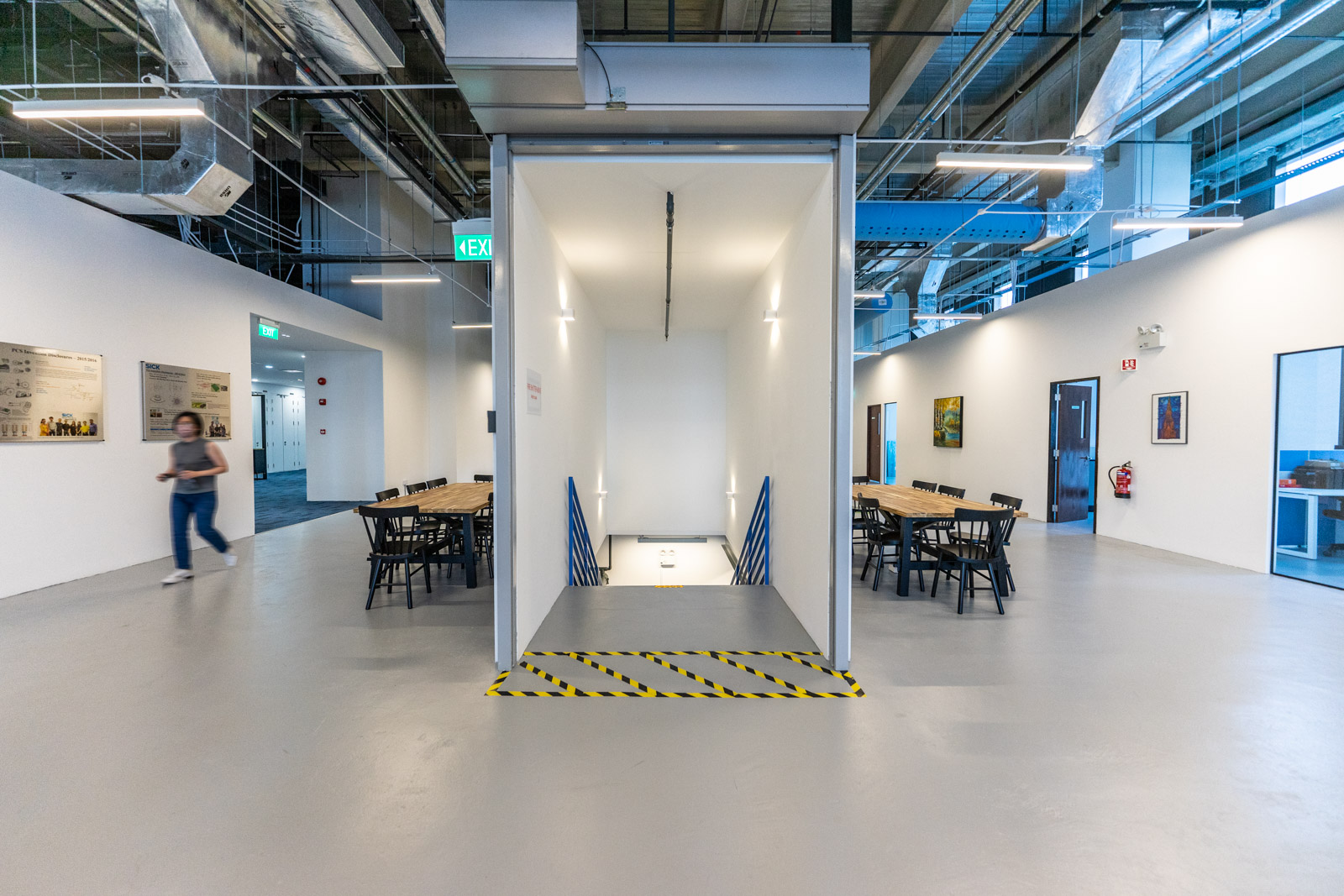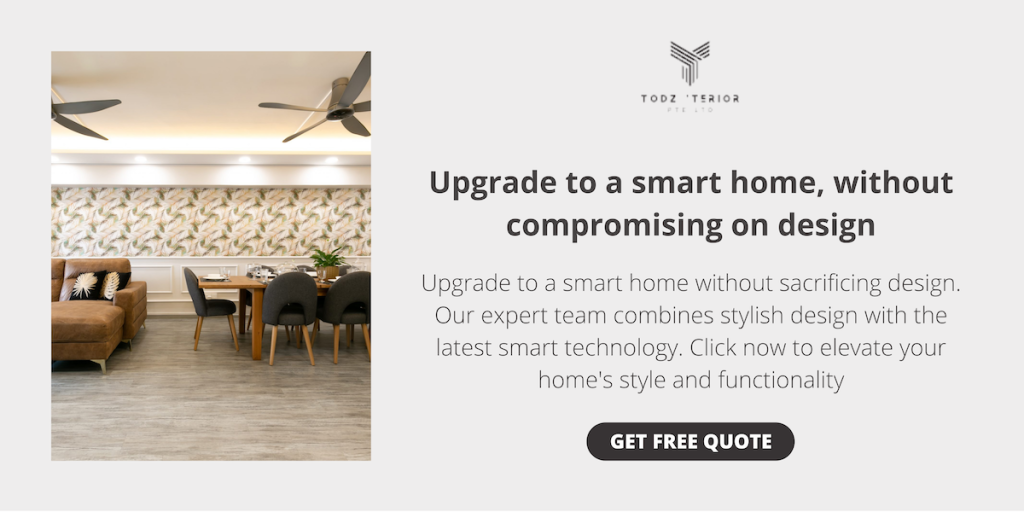When you think of some of the most successful businesses out there, what comes to mind? Perhaps it’s their innovative products, exceptional customer service, or strong marketing campaigns. But have you ever considered the impact of their interior design on their brand image?
In This Article
ToggleCommercial interior design is an often-overlooked aspect of branding, yet it plays a crucial role in creating a consistent and memorable image for your business. From the color scheme to the layout, every detail in your commercial space can either support or detract from your brand identity.
In this article, we’ll explore how you can use commercial interior design to create a cohesive brand image that resonates with your customers and sets your business apart.

Defining Your Brand Identity
Defining your brand identity is a crucial step that should be taken before designing your commercial space. Your brand identity is the essence of your brand and defines what your brand stands for, how it is perceived by customers, and what sets it apart from competitors.
Here are some tips to help you define your brand identity:
- Determine your brand values and mission statement: Consider what your brand stands for, what values it represents, and what makes it unique. Your mission statement should reflect this and articulate your brand’s purpose.
- Identify your target audience: Understanding your target audience is key to creating a brand identity that resonates with them. Consider their age, gender, interests, and lifestyle when developing your brand identity.
- Develop a brand personality: Your brand personality is the tone, voice, and overall character of your brand. It should reflect your brand values and resonate with your target audience.
- Create a visual identity: Your brand’s visual identity includes your logo, color scheme, typography, and other design elements. These should be consistent across all your marketing materials, including your commercial space.
Once you have defined your brand identity, it is easier to design a commercial space that reflects and reinforces it. Your commercial space should be a physical embodiment of your brand identity, communicating to customers what your brand stands for and what they can expect from your products or services.
Incorporating Branding Elements
Incorporating branding elements into your commercial space design is a critical aspect of creating a cohesive brand image and delivering a consistent brand experience to your customers.
Here are some tips on how to effectively incorporate branding elements into your commercial space design:
- Use your brand’s color scheme: The colors you choose for your commercial space design should reflect your brand’s color scheme. Consistency in color scheme helps create a strong visual identity for your brand and makes it easier for customers to recognize your brand.
- Display your brand logo: Incorporating your brand logo in various ways throughout your commercial space is an excellent way to reinforce brand recognition. Consider incorporating your logo on walls, floors, and product displays.
- Use messaging that aligns with your brand identity: Your commercial space is an opportunity to communicate your brand’s values and personality through messaging. Ensure that the messaging aligns with your brand identity and is consistent with your brand’s voice and tone.
- Consider the overall atmosphere: The atmosphere of your commercial space should align with your brand’s values and personality. For example, if your brand is known for being luxurious, then your commercial space should exude a sense of sophistication and elegance.
- Consistency is key: It is crucial to maintain consistency in all aspects of your commercial space design. This includes the use of consistent colors, fonts, and messaging throughout your commercial space.
Consistency Across Multiple Locations
Maintaining brand consistency across multiple locations can be a significant challenge for businesses. Customers expect a consistent experience across all locations, which can be difficult to achieve without careful planning and design.
Here are some tips for designing multiple locations with consistency in mind:
- Develop a brand style guide: A brand style guide outlines the visual and messaging standards for your brand. It should include guidelines for logo usage, typography, color scheme, and tone of voice. A brand style guide provides a reference for designers and ensures that all locations adhere to the same standards.
- Choose a consistent design aesthetic: Choose a design aesthetic that aligns with your brand identity and can be replicated across multiple locations. This includes consistent signage, lighting, furniture, and overall atmosphere.
- Consider location-specific elements: While consistency is important, it’s also essential to consider location-specific elements that reflect the community and culture of each location. For example, artwork or photography specific to the area can be incorporated into the design while maintaining consistency with the overall brand aesthetic.
- Ensure clear communication: Communication is key when designing multiple locations. Ensure that all stakeholders, including designers, architects, and franchisees, understand the brand standards and expectations for consistency.
- Regularly assess and update: Regularly assess the design of each location to ensure it aligns with the brand’s visual and messaging standards. It’s essential to update designs as needed to reflect changes in the brand identity or to address customer feedback.

Creating a Memorable Customer Experience
Commercial interior design plays a crucial role in creating a memorable customer experience. A well-designed commercial space can make a lasting impression on customers and improve brand loyalty.
Here are some tips for designing your commercial space to create a positive customer experience:
- Understand your target audience: The design of your commercial space should reflect the needs and preferences of your target audience. Consider factors such as age, gender, and lifestyle when designing your space.
- Create a welcoming atmosphere: The atmosphere of your commercial space can impact how customers feel and their overall experience. Use lighting, colors, and furniture to create a welcoming and comfortable environment for customers.
- Prioritize functionality: The design of your commercial space should prioritize functionality to ensure that customers can easily navigate and find what they’re looking for. Consider the flow of traffic and the placement of products and displays.
- Incorporate brand elements: Use your brand elements, such as color scheme and logo, in your commercial space design to reinforce your brand identity and improve brand recognition.
- Consider the senses: The design of your commercial space should appeal to all the senses, including sight, sound, smell, and touch. Consider elements such as music, scents, and tactile materials to create a sensory experience for customers.
- Offer unique experiences: Offering unique experiences, such as interactive displays or events, can create a memorable experience for customers and encourage them to return.
Working with a Professional Designer
Working with a professional commercial interior designer can have many benefits for businesses looking to create a consistent brand image and design cohesive spaces across multiple locations. Here are some of the benefits of working with a professional designer:
- Expertise and experience: Professional designers have the knowledge, expertise, and experience to create an effective commercial interior design. They can provide insight into design trends, best practices, and industry standards to ensure your space is well-designed and functional.
- Customized design solutions: Professional designers can create customized design solutions that reflect your brand’s identity and meet your specific needs. They can provide unique design ideas and solutions that you may not have considered.
- Brand consistency: Professional designers can ensure that all of your locations have a consistent brand image and design aesthetic. They can develop a brand style guide and provide guidance to franchisees and other stakeholders to ensure that all locations adhere to the same standards.
- Project management: Professional designers can manage all aspects of the design process, including planning, budgeting, and project management. This can save businesses time and resources while ensuring that the project is completed on time and within budget.
- Access to resources: Professional designers have access to a wide range of resources, including materials, furniture, and technology. They can source high-quality materials and products that align with your brand identity and design aesthetic.
The designer’s role in creating a cohesive design across multiple locations involves:
- Developing a design concept: The designer works with the client to develop a design concept that aligns with the brand’s identity and meets the specific needs of the business.
- Creating a brand style guide: The designer develops a brand style guide that outlines the visual and messaging standards for the brand. This guide ensures that all locations adhere to the same standards and maintain a consistent brand image.
- Adapting designs to multiple locations: The designer adapts the design concept to each location while maintaining consistency with the brand style guide.
- Providing guidance to franchisees: The designer provides guidance to franchisees and other stakeholders to ensure that all locations adhere to the same standards and maintain a consistent brand image.

Case Studies
Several companies in Singapore have successfully used commercial interior design to create a consistent brand image. Here are some examples:
- BreadTalk: BreadTalk is a bakery chain in Singapore that has successfully used commercial interior design to create a consistent brand image across multiple locations. The design of each bakery incorporates elements such as industrial accents, wood finishes, and warm lighting, which create a welcoming and comfortable atmosphere for customers. The use of the brand’s signature color, orange, and the logo throughout the space reinforces the brand’s identity and improves brand recognition.
- Tiger Beer: Tiger Beer, a popular beer brand in Singapore, has successfully used commercial interior design to create a unique brand experience. The design of the brand’s pop-up bars and events incorporate elements such as wood finishes, industrial accents, and the brand’s signature tiger imagery, which creates a memorable and immersive brand experience for customers.
- H&M: H&M, a clothing retailer with multiple locations in Singapore, has successfully used commercial interior design to create a consistent brand image. The design of each store incorporates the brand’s signature white and black color scheme, minimalist aesthetic, and use of natural materials, which creates a cohesive and stylish atmosphere that aligns with the brand’s identity.
- Starbucks: Starbucks, a popular coffee chain with multiple locations in Singapore, has successfully used commercial interior design to create a consistent and welcoming brand image. The design of each store incorporates elements such as wood finishes, warm lighting, and the brand’s signature green color, which creates a comfortable and familiar atmosphere for customers.
These companies demonstrate how commercial interior design can be used to create a consistent brand image and enhance the customer experience.
What we have learnt
Commercial interior design is a powerful tool for creating a consistent brand image that resonates with your customers and employees. By understanding your brand identity and target audience, maximizing space and layout, selecting appropriate colors and materials, and incorporating branding and signage, you can create a cohesive and memorable experience for anyone who walks through your doors. So whether you are starting a new business or looking to refresh an existing one, investing in professional commercial interior design can help you achieve your goals and set your business apart from the competition.

Renovate with Todzterior!
We’re here to help you get started with Smart Home solutions.
Todzterior is the only company whose mission is to make homes “Smart.” In other words, our Smart Home solutions are built to help make your life easier. The possibilities for the future of the smart home are endless. You’ve come to the right place. We’re here to help you get started with Smart Home solutions and ensure you with smart quality and reliability.
Don’t hesitate to find out more about us. Call us here or visit our showroom at 7 Gambas Crescent #01-03 Ark@Gambas Singapore 757087.
Frequently asked Question
1) What is a brand image, and why is it important for my business?
A: A brand image is the way that your customers and potential customers perceive your company. It includes elements such as your company’s logo, color scheme, and messaging. A strong brand image can increase customer loyalty and help your business stand out from the competition.
2) How can commercial interior design help create a consistent brand image?
A: Commercial interior design can help create a consistent brand image by incorporating your company’s branding elements into the design of your physical space. This can include using your company’s logo, color scheme, and messaging in the design of furniture, decor, and signage.
3) What if my company’s branding elements clash with my desired interior design style?
A: If your company’s branding elements clash with your desired interior design style, it may be necessary to make some adjustments. Consider working with a professional commercial interior designer who can help you strike a balance between your branding and design goals.
4) Can commercial interior design be used to rebrand an existing business?
A: Yes, commercial interior design can be used to rebrand an existing business by incorporating new branding elements into the design of the space. This can help signal to customers that the business is undergoing a change and create a fresh start for the company.
5) How can I ensure that my commercial interior design is in line with my company’s overall branding strategy?
A: To ensure that your commercial interior design is in line with your company’s overall branding strategy, it’s important to work closely with your marketing team and/or branding consultant. They can help you identify key branding elements that should be incorporated into the design of your space and ensure that the overall design is consistent with your brand’s messaging and values.

